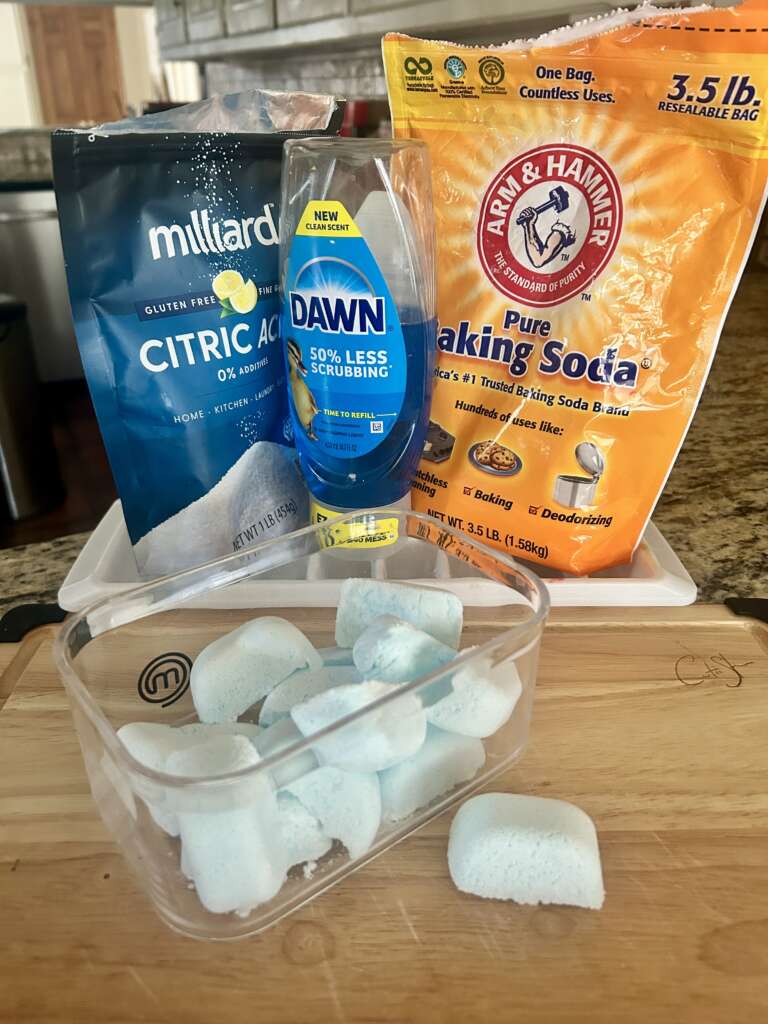✨Free Cashmere Comb with $50+ purchase thru Dec 21! Use Code STELLAR at Checkout. Dismiss
Skip to content
Could I make Dishwasher Pods myself and save?
That’s the question I’ve started asking myself before making a purchase, and honestly, it’s been a game changer. It’s not just about the money saved (though that’s a starry bonus!)—it’s about the creativity, the control over ingredients, and the satisfaction of doing it yourself.
Recently, I stumbled across a TikTok creator named Dilly Dilly, who shares amazing, budget-friendly ideas, and let me tell you, this one hit the bullseye! Their simple recipe for 3-ingredient dishwasher pods has completely transformed how I clean my dishes. With just a few pantry staples and a little bit of effort, you can ditch the store-bought pods and still enjoy sparkling-clean dishes.
Instructions:
Homemade Pods
Store-Bought Pods
Savings Per Pod: $0.09
While the savings may not seem massive (around $32.85 annually if you run your dishwasher daily), the real magic of this DIY lies in its eco-friendly benefits.
Let’s compare the environmental impact of store-bought pods vs. homemade ones:
Store-Bought Pods:
DIY Pods:
Verdict: DIY pods are the clear winner for reducing waste and environmental harm while giving you full control over the ingredients
While the financial savings are nice, the reduction in packaging waste and harmful chemicals makes this DIY project a real eco-champion. Plus, there’s something so satisfying about knowing you’ve created something functional and sustainable with your own two hands.
Want to take it a step further? Opt for an eco-friendly dish soap in your mix or experiment with soap-free dishwasher pods—baking soda and citric acid can often do the job on their own.
By making small changes like this, we’re not just saving money. We’re helping to preserve the beauty of our planet, one sparkling dish at a time. 🌍✨
What other DIY ideas have you tried to save money and reduce waste? Share your favorites in the comments below—let’s keep inspiring each other to create and conserve!
Share This:
Subscribe to receive updates and your exclusive coupon by email, text, or both—your choice!
You’ll get your 10% off code right away and can unsubscribe from either at any time.
Your 10% off coupon is on its way to your inbox. Check your spam or promotions folder if you don’t see it soon.